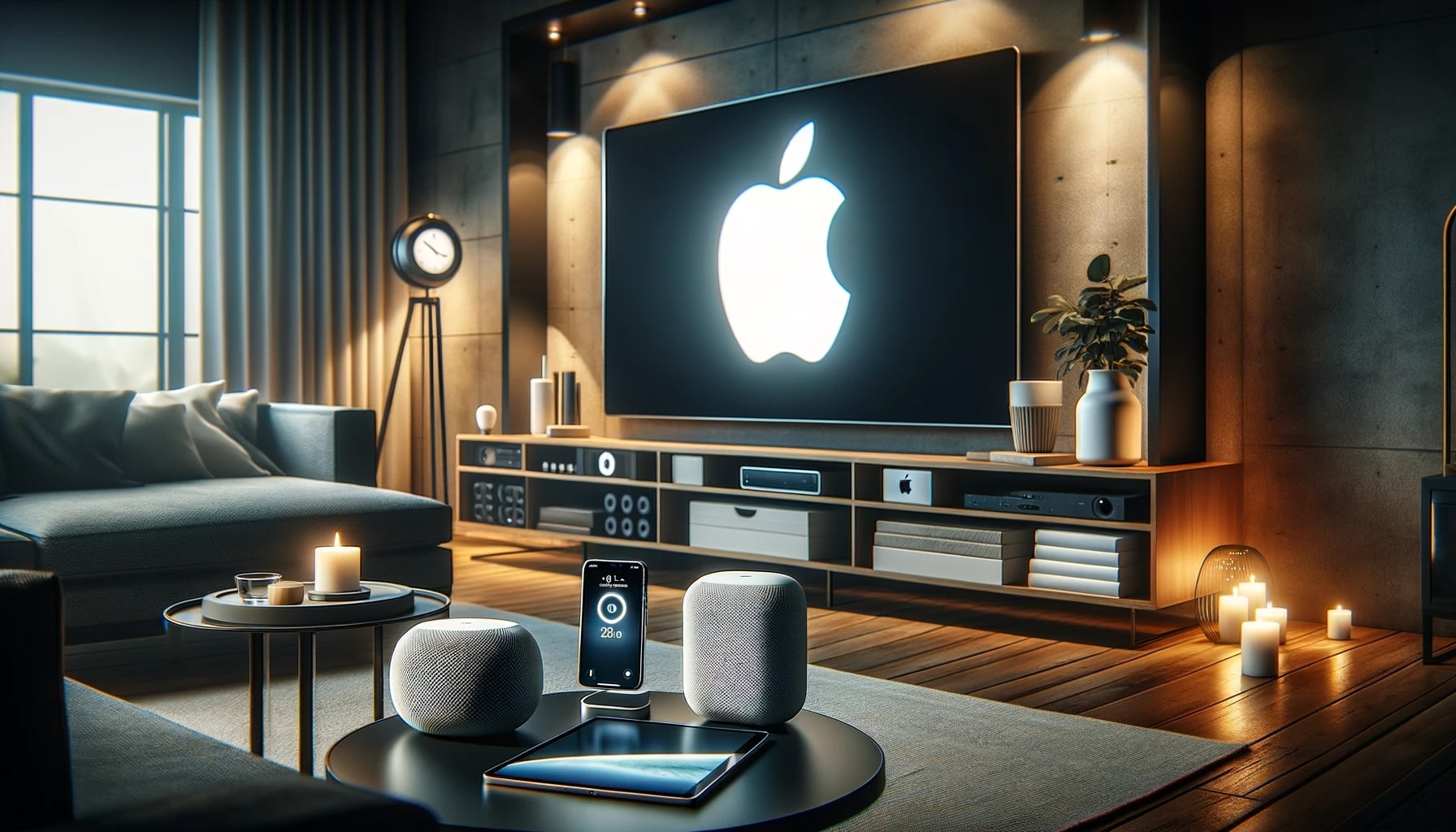In a remarkable move towards refining foldable technology, Apple Inc. has sought legal protection for a novel design aimed at improving the user interface of foldable devices. This initiative suggests a significant step for the tech giant, typically recognized for its sleek designs and user-centric innovations, as it ventures into the competitive realm of foldable gadgets. The patent application details a mechanism that addresses the prevalent concern of a visible and tactile crease, an issue that has been a common critique among users of foldable devices.
The history of foldable devices has been a story of constant adaptation and improvement. Since the inception of foldable screens, users have grappled with the durability and usability challenges posed by the prominent creases that form along the fold. Competing brands have attempted various solutions, from altering the material composition of the screens to adjusting the folding mechanisms, yet the quest for a truly seamless foldable experience has been ongoing. Apple’s latest design approach indicates a potential game-changer in this persistent quest, signaling the company’s commitment to overcoming the hurdles that have so far limited the widespread adoption of foldable technology.
Anticipating a Smooth Transition in Foldable Devices
Apple’s patent reveals a method that could significantly diminish the crease’s impact when the device is in use. This innovative mechanism involves a set of layers that allow the display to curve in a way that prevents a sharp fold, aiming to extend the life of the display and provide a more pleasant touch sensation for the end-user. With an emphasis on aesthetic appeal and functionality, Apple is poised to reframe the narrative around foldable devices from one of compromise to one of enhanced user satisfaction.
Competitors and Market Trends
The foldable device market has been a battleground for innovation, with major players like Samsung and Huawei releasing multiple iterations of foldable phones. Samsung’s Galaxy Z Fold and Z Flip series have made significant strides in this sector, though not without facing their own set of challenges concerning the crease. In an article titled “The Challenges of Foldable Phones and How They’re Overcoming Them” from Engadget, various attempts at addressing the foldable phone’s weaknesses are discussed, depicting the industry’s ongoing efforts to perfect the technology. Another relevant piece is “Foldable Phones Gain Popularity but Still Fall Short on Durability” from Wired, which underscores the durability issues that continue to plague these devices. Both articles emphasize the importance of innovation in overcoming the obstacles that foldable devices face.
Future Implications for the Industry
The implications of Apple’s patent extend beyond the immediate enhancements to foldable devices. This move signals the company’s larger strategy to embrace and potentially redefine a market segment that has been ripe with potential yet fraught with technical challenges. As Apple enters this arena with its reputation for high-quality, user-friendly products, the industry may witness a shift in consumer expectations and a new standard for what constitutes a superior foldable device. The anticipation of Apple’s entry into this market has set the stage for renewed excitement and speculation about the future of mobile technology.
The implications of Apple’s unfolding story in foldable technology are profound. As a keen observer and analyst in the tech space, I see this development as a testament to the company’s relentless pursuit of excellence. Apple’s commitment to addressing one of the most pressing concerns in the foldable sector could potentially lead to a surge in user confidence and adoption rates. It’s clear that innovation remains at the heart of the industry’s evolution, and Apple’s patent may well pave the way for the next generation of foldable devices, characterized by their resilience and seamless user experience.










